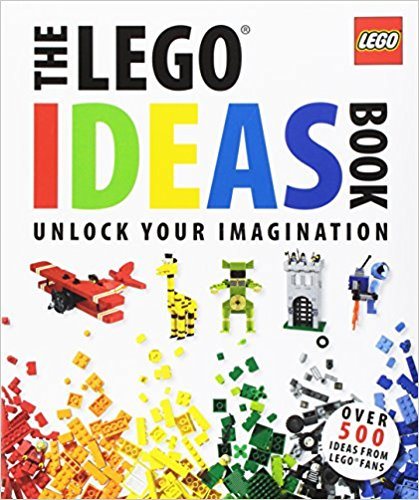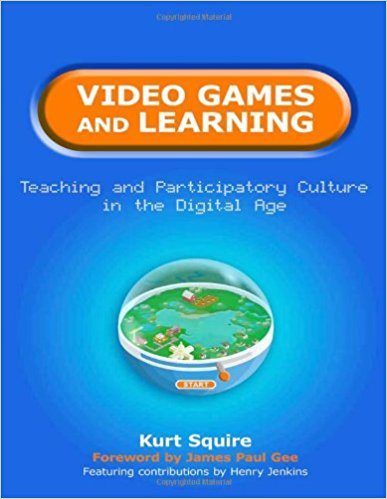5 STEM Activities Books
You Should Read
Winter break is the best time to curl up with a mug of hot cocoa and a good book, but there’s always planning to be done for 2018. What’s the best way to combine those activities? Reading one of these great books to gather ideas for STEM activities in the coming year. Check out why these are our top five picks:
1. The Big Book of Makerspace Projects: Inspiring Makers to Experiment, Create, and Learn by Colleen and Aaron Graves
Two school librarians put together this spectacular collection of creative activities. Page through 12 chapters of projects using everything from popsicle sticks to smartphones to 3D Printers. Our personal favorite? Project 7, a Balloon Hovercraft! With 51 projects in all, plus a challenge project for every chapter, this book is chock full of inspiration for your classroom — or even your free time before heading back to school!
2. The Way Things Work Now by David Macaulay
This volume, an updated version of the author’s previous work, The Way Things Work and The Way Things Work Now, explores today’s technology and new inventions, and explains the science behind them. What’s especially cool is that Macaulay explores the technological links between seemingly unrelated products to highlight the engineering principles that unify them! Break out this book to spark your students’ curiosity to kick off STEM activities, such as research projects.
3. The Number Devil: A Mathematical Adventure by Hans Magnus Enzensberger
With its earliest publication date back in 1997, this is an oldie but a goodie. Enzensberger’s novel teaches important math concepts with through the dreams of a young boy named Robert, accompanied by wild, fun illustrations. The Number Devil is super helpful and entertaining for kids, and you’ll enjoy the read, too! It can inspire countless great activities. Maybe have students get creative and explain a STEM concept as if it were one of Robert’s dreams!
4. The Lego Ideas Book by Daniel Lipkowitz
Ah, the most timeless of toys. There will be tons of new Lego sets coming to kids this holiday season — especially with the new Star Wars movie coming out. (Who’s excited? Nobody more than us!) Open up your kids’ creativity with new ways of using the plastic bricks they’re so familiar with. Maybe you’ve got that big box of random Legos in your classroom? This book will help you turn them into a great engineering and design activity. Sounds like a blast!
5. Video Games and Learning: Teaching and Participatory Culture in the Digital Age by Kurt Squire
Check out this book for a deep dive on the extraordinary power of digital games as educational tools. Squire’s work covers highly important, innovative material that will help you understand the future of digital gaming in education, and why it has so much potential. One of the most interesting topics is Squire’s look at how competition, participation, and failure stimulate learning. The book also features case studies on specific learning games, so you can see if they might be a good fit for your class!
We hope you find some inspiration for STEM activities this holiday season. If you do, share your class’s projects with us on social media — we’d love to see them!



